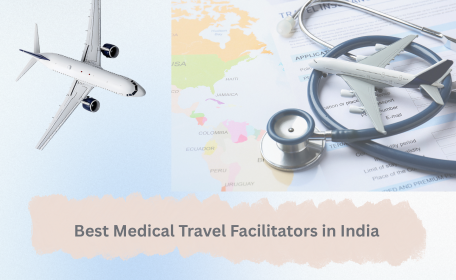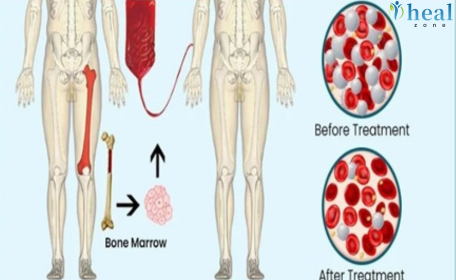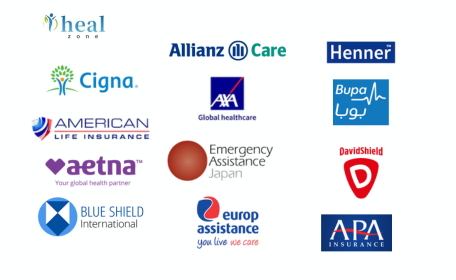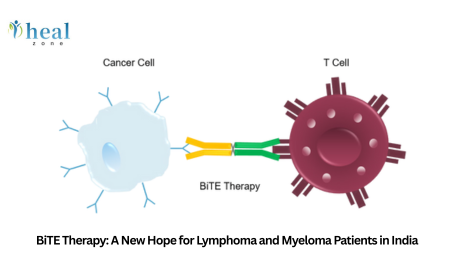What is Ankle Fixation and When Is It Needed?
Ankle fixation is performed to surgically correct fractures in the bones that make up the ankle joint—typically the tibia, fibula, and talus. These fractures may occur due to high-impact trauma, sports injuries, falls, or accidents. In cases where the fracture is unstable, displaced, or involves multiple bone fragments, internal fixation is necessary to align the bones correctly and allow proper healing.
Patients usually need ankle fixation if:
- The fracture is open or involves multiple breaks
- Bones are misaligned and need surgical realignment
- There is damage to ligaments or surrounding soft tissues
- The joint is unstable or dislocated
Timely intervention ensures that the ankle heals in the correct position, reduces the risk of arthritis, and restores full mobility.
What Are the Different Types or Techniques of This Treatment?
Ankle fixation procedures vary depending on the type and complexity of the fracture. The main types include:
1. Open Reduction and Internal Fixation (ORIF): The most common technique where the surgeon makes an incision to align the broken bones and uses metal plates, screws, or rods to hold them in place.
2. External Fixation: Used in complex or open fractures. A stabilizing frame is attached to the bone externally through pins or screws inserted into the skin.
3. Intramedullary Nailing: A rod is inserted into the bone canal, typically used for fractures extending into the lower part of the tibia.
4. Arthroscopically-Assisted Fixation: Minimally invasive approach where a camera and small instruments are used to repair less severe fractures.
The choice of technique is based on factors like fracture location, number of fragments, patient health, and surgeon’s expertise.
What is the Standard Treatment Protocol for International Patients in India?
International patients arriving in India for ankle fixation typically follow a well-structured treatment protocol:
1. Pre-arrival Consultation: Preliminary consultation is done online with medical history, X-rays, or MRI scans shared in advance.
2. In-Hospital Evaluation: On arrival, patients undergo physical examinations, imaging tests, and preoperative blood work.
3. Surgical Planning: Based on diagnostic reports, the orthopedic team finalizes the surgical approach, type of fixation, and anesthesia.
4. Surgery: Performed under spinal or general anesthesia. Duration varies between 60–120 minutes depending on complexity.
5. Postoperative Hospital Stay: Lasts 3–7 days. Patients are monitored for pain, wound healing, and infection.
6. Rehabilitation: Physiotherapy begins in the hospital and continues post-discharge, including online follow-ups.
Medical visa assistance, airport pickup, translator services, and personalized care coordination are also provided by most hospitals.
What Kind of Devices, Implants, or Surgical Tools Are Used?
The devices used during ankle fixation surgery are made of high-grade biocompatible materials to ensure durability and safety. These include:
- Titanium or stainless-steel plates and screws: Used in ORIF to stabilize bones.
- Intramedullary rods: Inserted into the bone shaft in certain fractures.
- External fixators: Frame structures used temporarily in complex or open injuries.
- Arthroscopic tools: Tiny instruments and cameras used in minimally invasive surgeries.
- Bone grafts: In cases where bone loss or nonunion occurs.
The choice of implant depends on the type of fracture, patient anatomy, and whether minimally invasive techniques are preferred.
What is the Cost Breakdown of Ankle Fixation in India?
The total cost of ankle fixation in India is influenced by various factors. A general breakdown is as follows:
- Surgeon and Anesthesia Fees: $800 – $1,500
- Hospital Stay and Nursing Charges: $600 – $1,200
- Implants and Surgical Equipment: $700 – $1,200
- Diagnostic Tests (X-ray, CT, MRI): $150 – $400
- Medication and Post-op Supplies: $200 – $300
- Physiotherapy and Rehab (if included): $200 – $400
Total Estimated Cost: $2,800 – $5,000
These charges vary by city, hospital tier, room type, and complexity of the case. Packages often include airport pickup, visa assistance, and local stay recommendations.
Why Should International Patients Choose India for This Treatment?
International patients prefer India for ankle fixation due to several compelling reasons:
- Affordable Pricing: India offers ankle fixation at up to 70% lower cost compared to developed nations.
- Advanced Medical Infrastructure: Hospitals are equipped with state-of-the-art operation theaters and orthopedic technology.
- Skilled Surgeons: Many orthopedic specialists are internationally trained with years of experience in trauma and joint surgeries.
- No Waiting Time: Patients can schedule surgeries quickly, often within a week of arrival.
- Comprehensive Support: From visa help to post-op rehab, most hospitals provide end-to-end patient support services.
Why Choose Healzone for Safe and Stress-Free Treatment in India?
Healzone simplifies the journey of international patients through:
- Expert Medical Matching: Recommends the right hospital and surgeon based on patient needs.
- End-to-End Coordination: Assists with visa processing, airport transfers, and hospital appointments.
- Multilingual Care: Offers interpreters to support non-English speaking patients.
- Budget Transparency: Provides upfront cost estimates with no hidden charges.
- Post-Treatment Support: Includes follow-up assistance, rehab planning, and virtual consultations post-discharge.
Healzone ensures that international patients experience smooth, reliable, and affordable orthopedic care in India.
What Is the Recovery Process and Post-Op Care Timeline?
Recovery from ankle fixation surgery is a gradual process and requires a structured rehabilitation plan. The typical recovery phases include:
Week 1–2:
Patients remain non-weight-bearing, with the ankle immobilized in a cast or boot. Pain and swelling are managed with medications and elevation. Wound checks and follow-up X-rays are conducted.
Week 3–6:
Mild weight-bearing may be introduced based on healing progress. Physical therapy starts, focusing on range-of-motion exercises. Stitches are usually removed in this phase.
Week 7–12:
More intensive rehabilitation begins. Patients gradually shift to full weight-bearing and work on strength, balance, and gait training. Most patients can walk unaided by 10–12 weeks.
Beyond 3 Months:
Athletic activities and demanding physical tasks are reintroduced gradually. Full recovery can take up to 6 months, depending on fracture severity and compliance with physiotherapy.
International patients are often guided through tele-rehabilitation sessions and receive digital follow-up support after they return home.
How Should International Patients Prepare for This Treatment in India?
International patients planning ankle fixation in India should prepare carefully to ensure a seamless medical trip:
- Medical Records: Carry recent X-rays, CT/MRI reports, prescriptions, and doctor's notes.
- Travel Documents: Secure a medical visa with help from the treating hospital or Healzone.
- Pre-Arrival Consultation: Discuss treatment options and expected outcomes with your assigned orthopedic surgeon online.
- Accommodations: Book nearby recovery-friendly lodging or a hospital-attached guesthouse.
- Fitness for Surgery: Ensure general health conditions like diabetes, hypertension, or heart issues are stabilized.
- Mobility Arrangements: Pack comfortable footwear, mobility aids, and someone to assist with post-op care during travel.
- Stay Duration: Plan to stay in India for at least 2–3 weeks, including pre-surgical tests, surgery, and early rehab.
Being well-prepared helps minimize stress and ensures a smoother, safer medical experience.
What Long-Term Care or Lifestyle Changes Are Needed Post-Treatment?
Long-term recovery after ankle fixation depends not only on surgery but also on patient commitment to lifestyle changes and post-op care:
- Adherence to Rehab: Ongoing physiotherapy is crucial for restoring full function and avoiding stiffness or weakness.
- Avoiding Re-Injury: Patients are advised to use proper footwear and avoid high-risk activities for at least 6 months.
- Weight Management: Keeping a healthy weight reduces strain on the ankle and prevents recurrence of injuries.
- Follow-Up Scans: Periodic X-rays may be needed to assess bone healing and implant stability.
- Implant Removal (if necessary): In rare cases, implants might be removed after full healing, especially if discomfort persists.
Patients who stay compliant with follow-up care generally regain complete mobility and resume active lives without limitations.
What kind of support do patients get before, during, and after treatment?
International patients undergoing ankle fixation in India receive extensive support to ensure a comfortable and worry-free experience:
Pre-Treatment Support:
- Online video consultations for second opinions
- Assistance with medical visa processing and travel planning
- Help with uploading and sharing medical records in advance
During Treatment:
- Airport pickup and hospital transfer services
- Dedicated international patient coordinators
- 24/7 interpretation services if needed
- Priority scheduling and private room accommodations
Post-Treatment and Aftercare:
- Discharge summary and recovery plan in digital format
- Online physiotherapy consultations and progress tracking
- Help with medication supply and reports for home doctors
- Continued medical advice via email or teleconsultations
These services are typically offered through medical tourism facilitators like Healzone or directly via hospital international desks














